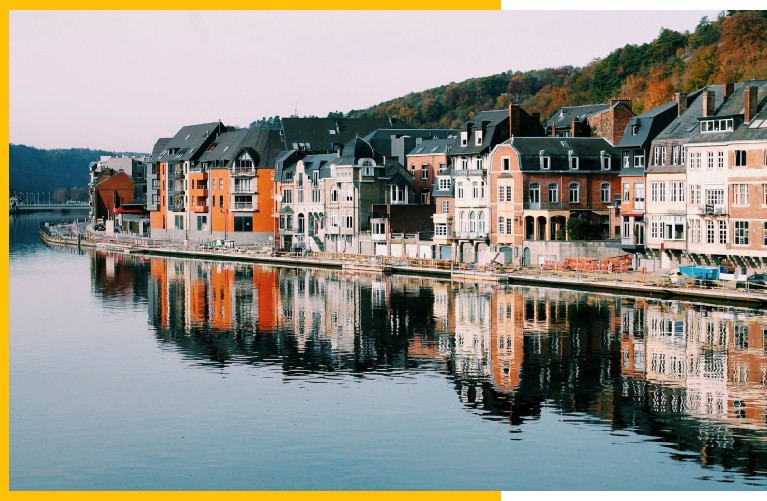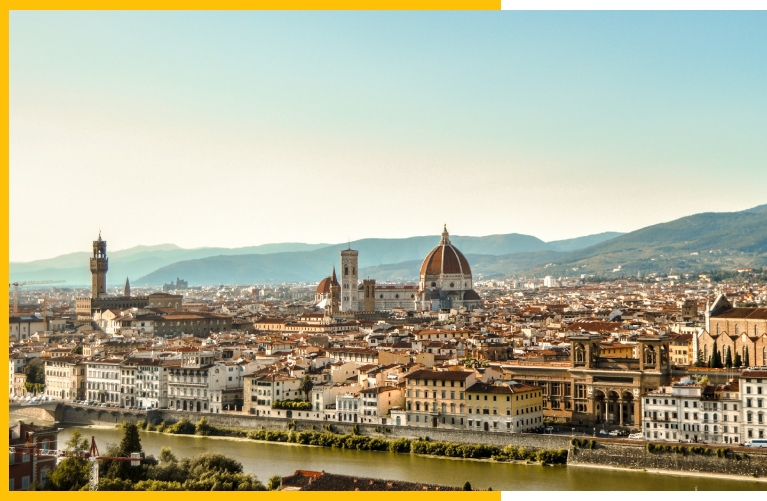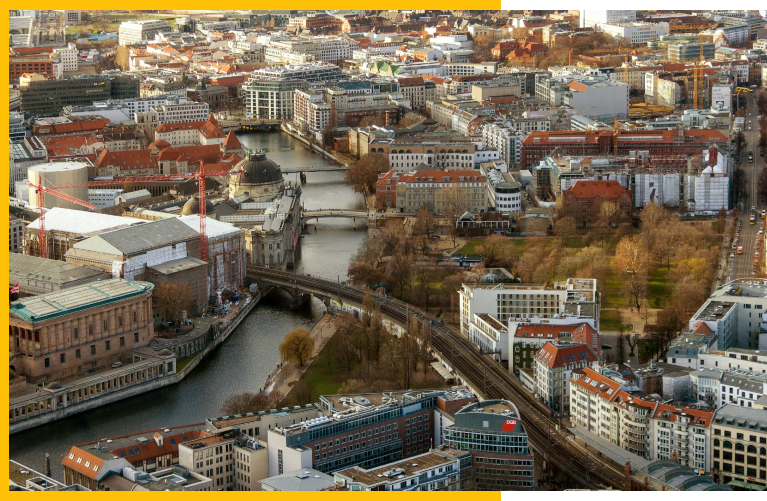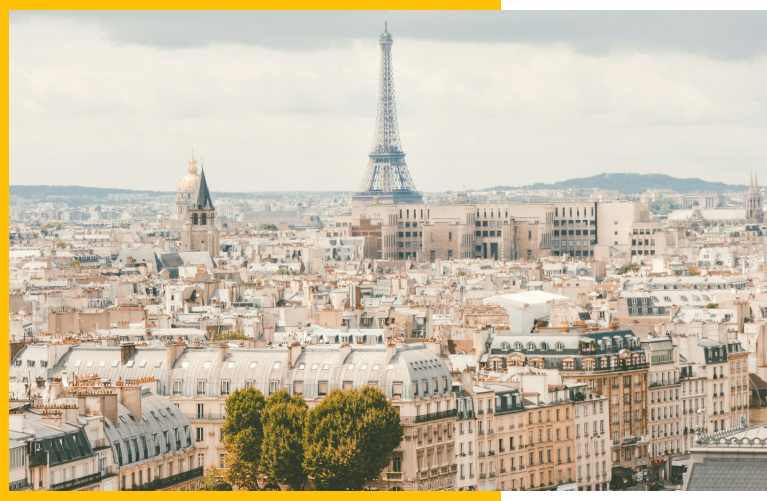News

With modern trends and future aspirations of European cities
Urban development of European cities is a dynamic process shaped by historical heritage, contemporary trends and future aspirations. Each city has its own unique identity and character that reflects its past, present and vision for the future.
Urban development in European cities was formed by a complex interaction of historical, cultural, economic and geographical factors. Although each city has its own unique trajectory, there are some common trends and characteristics that have influenced their development over time.
Many European cities have roots dating back centuries, if not millennia. They often began as small settlements that grew over time due to factors such as trade, agriculture, industry, and strategic importance. The layout of these cities, including the location of landmarks, streets, and neighborhoods, often reflects their historical evolution.

Medieval Urban Planning: European cities in the Middle Ages typically had a compact, walled core surrounded by farmland or suburbs. The streets were narrow and winding, and the buildings crowded. Many European cities still retain elements of the medieval layout in their historic centres.
Many European cities underwent urban renewal projects during the Renaissance and Baroque periods. New squares, palaces, churches and public buildings were built according to the principles of symmetry and grandeur. Examples include the 19th century redesign of Paris by Georges-Eugène Haussmann and the Baroque architecture of Vienna.
The Industrial Revolution caused profound changes in European cities, with the growth of factories, railroads, and urban populations. Industrial zones developed around ports, rivers, and coalfields, while workers' housing was often dispersed into dense, poorly planned neighborhoods. This period also saw the emergence of urban planning as a profession to improve sanitation, public health and living conditions.

In the 20th century, many European cities adopted the principles of modernist urban planning, influenced by figures such as Le Corbusier. which led to the construction of high-rise residential buildings, wide boulevards and functionalist architecture. Examples include the brutalist buildings of post-war London and the redevelopment of inner-city areas in cities such as Berlin and Rotterdam.
Since the end of the 20th century, European cities have undergone further transformation due to deindustrialization, globalization and demographic changes. Former industrial sites have been redeveloped for residential, commercial and cultural uses, and waterfronts have been redeveloped as vibrant mixed-use districts. There has also been a renewed focus on sustainability, with efforts to promote public transit, green spaces and energy efficiency.
European cities face a variety of challenges, including housing affordability, congestion, social inequality and environmental degradation. However, they also offer opportunities for innovation, creativity and cultural exchange. Many cities are investing in sustainable urban development strategies, smart city technologies and community-led initiatives to address these challenges and create more liveable, inclusive and resilient urban environments.
Urban development of specific European cities
Each of these cities shows a unique trajectory of urban development, shaped by historical, cultural and socio-economic factors, as well as contemporary challenges and aspirations.
Paris, France:
Paris is known for its rich history that dates back more than two millennia. It began as a Gallic settlement called Lutetia on the Île de la Cité, a natural island in the Seine River.
Medieval and Renaissance Paris: The city gradually expanded, with the medieval walls replaced by grand boulevards during the reign of Louis XIV. In the 19th century, Haussmann's renovations transformed Paris with wide avenues, parks, and landmarks like the Eiffel Tower.

Modernist influence: Modernist architecture developed in Paris in the 20th century, including the influential designs of Le Corbusier. High-rise buildings and social housing projects were built, especially in the suburbs.
Modern urbanism: Today, Paris focuses on sustainable urban development, with initiatives such as pedestrian areas, cycling infrastructure and green spaces. Projects such as the transformation of the banks of the Seine and the creation of new urban parks prioritize the quality of life of the population.
Berlin, Germany:
Berlin's history is marked by its division during the Cold War, with East and West Berlin representing opposing ideologies. The fall of the Berlin Wall in 1989 paved the way for reunification and urban reconstruction.
After World War II, Berlin suffered a lot of damage and reconstruction efforts were made. The division of the city influenced urban planning, with contrasting architectural styles and infrastructure on both sides of the wall.

After reunification, Berlin underwent a rapid transformation, with the former East Berlin undergoing extensive reconstruction. The construction of new government buildings, cultural institutions and commercial centers changed the city's skyline.
Berlin is known for its vibrant art scene, with abandoned buildings converted into galleries, studios and performances. Areas like Kreuzberg and Friedrichshain attract artists, entrepreneurs and young professionals.
Barcelona, Spain:
Barcelona has a rich architectural heritage, including Roman ruins, the medieval Gothic Quarter and the modernist masterpieces of Antoni Gaudi.
Barcelona expanded beyond its medieval walls in the 19th century with the construction of the Eichamel district. This grid layout, designed by Ildefons Cerdà, has wide streets, an octagonal cross-section and distinctive recessed corners.

Barcelona's modernist architecture, epitomized by Gaudi's Sagrada Família and Park Guell, reflects a unique blend of artistic expression and Catalan identity.
In the late 20th century, Barcelona underwent urban renewal projects, including the revitalization of its waterfront for the 1992 Olympics. This led to the creation of new beaches, parks and cultural sites, which increased the attractiveness of the city for both residents and tourists.
როგორ აძლიერებს მწვანე სივრცეები ცხოვრების ხარისხს? - “სხვა უბნის” მაგალითი
“სხვა უბანი” - კომფორტი, სიმშვიდე და მწვანე სივრცეები ერთ სივრცეში.
2 დაუჯერებელი ამბავი “ალფა სახლისგან” მოიგე ბინა Youtube-ზე! - შეიძინე ბინა დღეში 36 ლარად!
ალფა სახლი“ - პირველი ბინის გათამაშება YouTube-ზე + ბინის შეძენა დღეში მხოლოდ 36 ლარად.
ბინის შეძენა ოჯახთან ერთად - მარტივი, სანდო, გრძელვადიანი ინვესტიცია
ბინის შეძენა ოჯახთან ერთად არ არის მხოლოდ პირადი გადაწყვეტილება – ეს გონივრული ფინანსური ნაბიჯი და სტრატეგიული ინვესტიციაა. ოთხი დამოუკიდებელი ოჯახის წევრის ერთობლივი მონაწილეობა ზრდის უსაფრთხოებას, სტაბილურობას და ფინანსურ მოქნილობას.
Real estate market stability in Georgia
Real estate in Georgia is a stable and profitable choice for investors
Buying your first home - what should a new buyer know?
When purchasing an apartment in a newly built building, each resident has obligations to maintain common areas and ensure safety.







